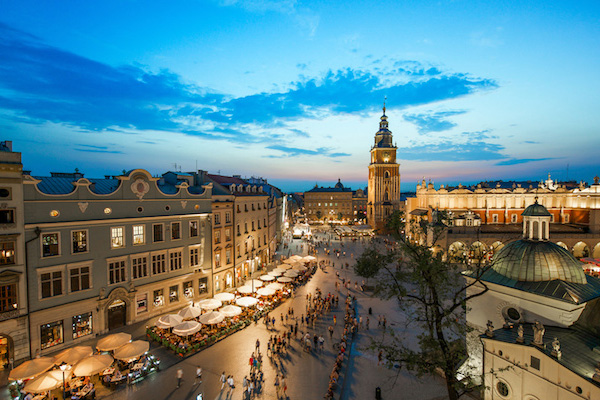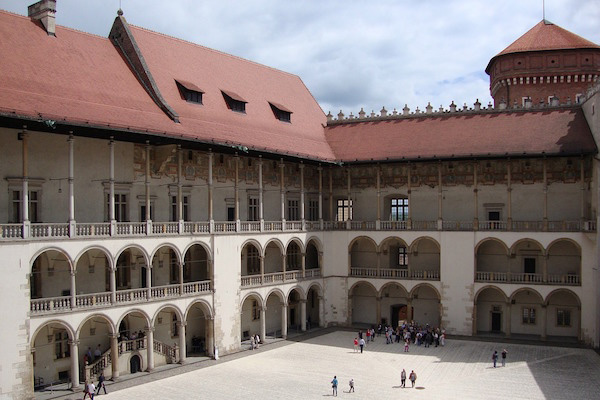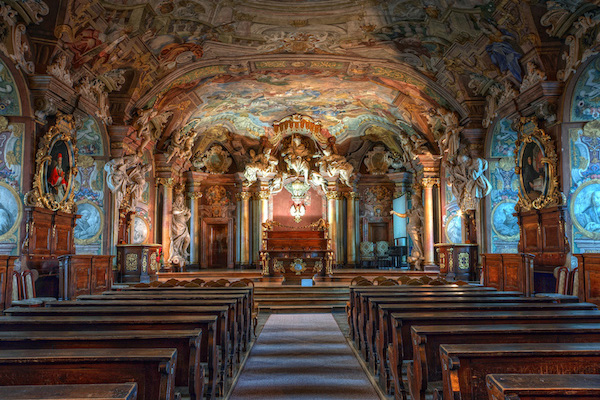INSPIRATION
Poland Forget Me Not is based in Krakow and operates in two neighbouring regions: Lesser Poland and Silesia. The selection of four towns: Krakow, Zakopane, Katowice and Wroclaw is naturally intended.
Krakow is the historic capital of Poland and the seat of the Royal Family. The town is famous for its Renaissance Italian architecture and highly visible customs and traditions originating in the XIX century Austro-Hungarian Empire (especially regarding cuisine and Christmas). It is the only major city in Poland which was spared the destruction of WW II and houses the best preserved Jewish Quarter in Europe. The inhabitants of Krakow have always been fanatically in love with their city and constantly hold the title of the happiest citizens in Poland. The laid-back and relaxed local life-style and the vibrant nightlife should be regarded as the Krakow’s most significant assets. The town is very tourist-friendly with the annual turnout of approximately 6 million visitors. Still this is the place where the pace of life is slow and everything is located within a walking distance. Krakow is home to numerous music festivals, events and mass parades. One of such events is the annual dachshund parade in September, when thousands of proud dachshund owners parade with their beloved dressed-up pets. Krakow’s New Year’s Eve parties held annually in the Main Market Square are filled with live music and a spectacular display of fireworks at midnight.
Click to see Zakopane timelapse
Zakopane is the winter capital of Poland and the most picturesque cultural region in the entire country. The ethnic inhabitants (Górale) belong to one of the most traditional and religious communities in Poland. They proudly use their local dialect on every-day basis, have developed a characteristic wooden architectural style and take great pride in their regional folk attires, music and cuisine. A traditional folk wedding belongs to the most popular and astonishing regional attractions among the visitors. The Polish Tatra Mountains score high among Poles on the list of their favourite holiday destinations, both in summer and winter. Poles love Zakopane also for ski jumping events organised here regularly on the Great Flying Hill. In Zakopane Adam Małysz, a Polish most famous ski jumper, won countless medals and championships, and is regarded now by his Polish fans as a national hero. Poles do also love the regional cuisine here, e.g. locally made and world famous sheep cheese (Oscypek) which was awarded an EU certificate for regional products. One of the most popular drinks served on skiing hills here is the so-called “tea with power” (which the English speaking world refers to as call-a-cab tea). More serious tourist attractions include a glacial mountain lake Morskie Oko (i.e. “Sea Eye”) and a number of amazingly picturesque mountain valleys such as Chocholowska or Koscieliska valley.
Click to see Katowice timelapse
Katowice — the capital of Silesia. The town and the region is famous for its local dialect, strong mining traditions, historical mining living quarters and outrageousley delicious local cuisine. Several coal mines recently have been adapted for museums and receive a significant number of visitors fascinated with so called Polish “black gold” history. Nowadays the most popular tourist destinations in Silesia are: the coal mine “Guido” available for tourists as well as the complex of estonishing brick architecture in “Nikiszowiec” with specialised multi-family residences called “familoks” and listed as national Historic Monument of Poland. The most important holiday in Silesian callendar is the 4th of December — the Day of St. Barbara recognised as the most important patroness of all Polish miners.
Click to see Wroclaw timelapse































